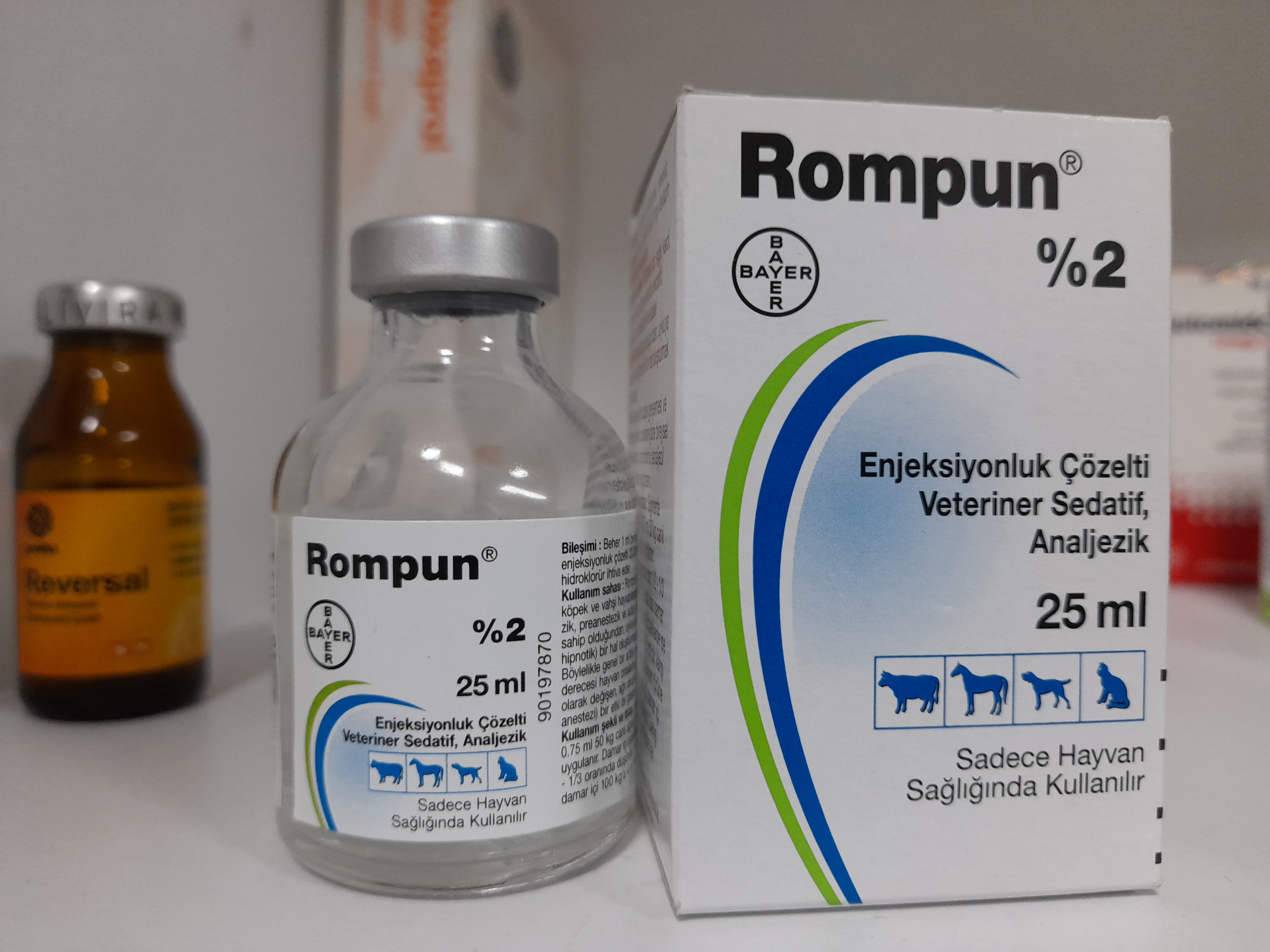|
Tolazoline
Tolazoline is a non-selective Competitive antagonist, competitive Alpha blocker#Classification, α-adrenergic receptor antagonist. It is a vasodilator that is used to treat spasms of peripheral blood vessels (as in acrocyanosis). It has also been used (in conjunction with sodium nitroprusside) successfully as an antidote to reverse the severe peripheral vasoconstriction which can occur as a result of overdose with certain 5-HT2A receptor, 5-HT2A receptor agonist drugs such as 25I-NBOMe, 2,5-Dimethoxy-4-bromoamphetamine, DOB, and Bromodragonfly. It is however most commonly used in veterinary medicine, to reverse xylazine-induced sedation. References {{Adrenergic receptor modulators Alpha-1 blockers Alpha-2 blockers Disulfiram-like drugs Imidazolines Vasodilators Veterinary drugs ... [...More Info...] [...Related Items...] OR: [Wikipedia] [Google] [Baidu] |
Xylazine
Xylazine is a structural analog of clonidine and an α2-adrenergic receptor, α2-adrenergic receptor agonist, sold under many trade names worldwide, most notably the Bayer brand name Rompun, as well as Anased, Sedazine and Chanazine. Xylazine is a common veterinary drug used for sedation, anesthesia, muscle relaxation, and analgesia in animals such as horses, cattle, and other mammals. In veterinary anesthesia, it is often used in combination with ketamine. Veterinarians also use xylazine as an emetic, especially in cats. Drug interactions vary with different animals. Xylazine has become a commonly substance abuse, abused street drug in the United States where it is known by the street name "tranq", particularly in the territory of Puerto Rico. The drug is being drug diversion, diverted from stocks for equine veterinarians as well as trafficked in bulk from China to be used as a cutting agent for heroin and fentanyl, causing necrotic skin wounds leading to serious infections an ... [...More Info...] [...Related Items...] OR: [Wikipedia] [Google] [Baidu] |
2,5-Dimethoxy-4-bromoamphetamine
Dimethoxybromoamphetamine (DOB), also known as brolamfetamine () and bromo-DMA, is a psychedelic drug and substituted amphetamine of the phenethylamine class of compounds. DOB was first synthesized by Alexander Shulgin in 1967. Its synthesis and effects are documented in Shulgin's book '' PiHKAL: A Chemical Love Story''. The drug acts as a serotonin 5-HT2 receptor agonist. Side effects Excessively high doses of DOB may cause diffuse arterial spasm. The vasospasm responded readily to intra-arterial and intravenous vasodilators, such as tolazoline. Interactions Pharmacology Pharmacodynamics DOB is a serotonin 5-HT2A, 5-HT2B, and 5-HT2C receptor agonist. Its psychedelic effects are mediated by its agonistic properties at the 5-HT2A receptor. Due to its selectivity, DOB is often used in scientific research when studying the 5-HT2 receptor subfamily. It is a very weak agonist of the human trace amine-associated receptor 1 (TAAR1) and a weak agonist of the rhesus ... [...More Info...] [...Related Items...] OR: [Wikipedia] [Google] [Baidu] |
Bromodragonfly
Bromo-DragonFLY, also known as 3C-Bromo-Dragonfly or DOB-Dragonfly, psychedelic drug of the phenethylamine, DOx, and FLY families. It acts as a potent full agonist of the 5-HT2A receptor. Use Data on toxicological significance and dosage of Bromo-DragonFLY remains elusive due to lack of human consumption, however commonly reported recreational dose of this substance is in the range of 500 to 1000μg. However, a death has been reported at approximately 700μg Bromo-DragonFLY. Overdose and toxicity The toxicity of Bromo-DragonFLY appears to be fairly high for humans, with reports of at least five deaths believed to have resulted from Bromo-DragonFLY in Norway, Sweden, Denmark, Finland and the United States. Laboratory testing has confirmed that in October 2009, a batch of Bromo-DragonFLY was distributed, mislabeled as the related compound 2C-B-FLY, which is around 20x less potent than BDF by weight. This mistake is believed to have contributed to several lethal overdoses ... [...More Info...] [...Related Items...] OR: [Wikipedia] [Google] [Baidu] |
Imidazolines
Imidazoline is a heterocycle formally derived from imidazole by the reduction of one of the two double bonds. Three isomers are known, 2-imidazolines, 3-imidazolines, and 4-imidazolines. The 2- and 3-imidazolines contain an imine center, whereas the 4-imidazolines contain an alkene group. The 2-Imidazoline group occurs in several drugs.Liu, H. and Du, D.-M. (2009), Recent Advances in the Synthesis of 2-Imidazolines and Their Applications in Homogeneous Catalysis. Adv. Synth. Catal., 351: 489–519. doi: 10.1002/adsc.200800797 References Imidazolines, {{Organic-chemistry-stub ... [...More Info...] [...Related Items...] OR: [Wikipedia] [Google] [Baidu] |
Disulfiram-like Drugs
A disulfiram-like drug is a drug that causes an adverse reaction to alcohol leading to nausea, vomiting, flushing, dizziness, throbbing headache, chest and abdominal discomfort, and general hangover-like symptoms among others. These effects are caused by accumulation of acetaldehyde, a major but toxic metabolite of alcohol formed by the enzyme alcohol dehydrogenase. The reaction has been variously termed a '' disulfiram-like reaction'', ''alcohol intolerance'', and ''acetaldehyde syndrome''.Mutalik, M., & Sanghavi, D. (2014). ''Review of Drug Interactions: A Comprehensive Update''. The prototypical drug of this group is disulfiram (brand name Antabuse), which acts as an acetaldehyde dehydrogenase inhibitor, preventing the metabolism of acetaldehyde into acetic acid, and is used in the treatment of alcoholism. A variety of other drugs cause disulfiram-like reactions upon consumption of alcohol as unintended drug interactions and side effects. Many disulfiram-like drugs act a ... [...More Info...] [...Related Items...] OR: [Wikipedia] [Google] [Baidu] |
Alpha-1 Blockers
Alpha 1 or Alpha-1 may refer to: *Alpha-1 adrenergic receptor, a G protein-coupled receptor *Alpha-1 antitrypsin, a protein **Alpha-1 antitrypsin deficiency Alpha-1 antitrypsin deficiency (A1AD or AATD) is a genetic disorder that may result in lung disease or liver disease. Onset of lung problems is typically between 20 and 50 years of age. This may result in shortness of breath, wheezing, or an inc ..., a genetic disorder * Alpha-1-fetoprotein or Alpha-fetoprotein, a protein *Alpha-One, a fictional spacecraft in '' Buzz Lightyear of Star Command: The Adventure Begins'' * ''Alpha 1'' (Robert Silverberg anthology), a 1970 book * Alpha-1 Wrestling, a professional wrestling promotion See also * * * A1 (other) * Alpha (other) * AMY1A or Alpha-1A or, an enzyme found in humans and other mammals * List of A1 genes, proteins or receptors {{disambiguation ... [...More Info...] [...Related Items...] OR: [Wikipedia] [Google] [Baidu] |
Sedation
Sedation is the reduction of irritability or agitation by administration of sedative drugs, generally to facilitate a medical procedure or diagnostic procedure. Examples of drugs which can be used for sedation include isoflurane, diethyl ether, propofol, etomidate, ketamine, pentobarbital, lorazepam and midazolam. Medical uses Sedation is typically used in minor surgical procedures such as endoscopy, vasectomy, or dentistry and for reconstructive surgery, some cosmetic surgeries, removal of wisdom teeth, or for high-anxiety patients. Sedation methods in dentistry include inhalation sedation (using nitrous oxide), oral sedation, and intravenous (IV) sedation. Inhalation sedation is also sometimes referred to as "relative analgesia". Sedation is also used extensively in the intensive care unit so that patients who are being mechanical ventilation, ventilated tolerate having an endotracheal tube in their vertebrate trachea, trachea. It can also be used during a long term brain EEG ... [...More Info...] [...Related Items...] OR: [Wikipedia] [Google] [Baidu] |
Veterinary Medicine
Veterinary medicine is the branch of medicine that deals with the prevention, management, medical diagnosis, diagnosis, and treatment of disease, disorder, and injury in non-human animals. The scope of veterinary medicine is wide, covering all animal species, both List of domesticated animals, domesticated and wildlife, wild, with a wide range of conditions that can affect different species. Veterinary medicine is widely practiced, both with and without professional supervision. Professional care is most often led by a veterinarian, veterinary physician (also known as a veterinarian, veterinary surgeon, or "vet"), but also by paraveterinary workers, such as veterinary nurses, veterinary technicians, and veterinary assistants. This can be augmented by other paraprofessionals with specific specialties, such as animal physiotherapy or dentistry, and species-relevant roles such as farriers. Veterinary science helps human health through the monitoring and control of Zoonosis, zoonoti ... [...More Info...] [...Related Items...] OR: [Wikipedia] [Google] [Baidu] |
Intravenous
Intravenous therapy (abbreviated as IV therapy) is a medical technique that administers fluids, medications and nutrients directly into a person's vein. The intravenous route of administration is commonly used for rehydration or to provide nutrients for those who cannot, or will not—due to reduced mental states or otherwise—consume food or water per os, by mouth. It may also be used to administer pharmaceutical drug, medications or other medical therapy such as blood transfusion, blood products or electrolytes to correct electrolyte imbalances. Attempts at providing intravenous therapy have been recorded as early as the 1400s, but the practice did not become widespread until the 1900s after the development of techniques for safe, effective use. The intravenous route is the fastest way to deliver medications and fluid replacement throughout the body as they are introduced directly into the circulatory system and thus quickly distributed. For this reason, the intravenous route ... [...More Info...] [...Related Items...] OR: [Wikipedia] [Google] [Baidu] |
Competitive Antagonist
A receptor antagonist is a type of receptor ligand or drug that blocks or dampens a biological response by binding to and blocking a receptor rather than activating it like an agonist. Antagonist drugs interfere in the natural operation of receptor proteins.Pharmacology Guide: In vitro pharmacology: concentration-response curves ." '' GlaxoWellcome.'' Retrieved on December 6, 2007. They are sometimes called blockers; examples include alpha blockers, |
25I-NBOMe
25I-NBOMe, also known as 2C-I-NBOMe, Cimbi-5, and shortened to "25I", is a psychedelic drug of the phenethylamine, 2C, and NBOMe (25-NB) families. Since 2010, it has circulated in the recreational drug scene, often misrepresented as LSD. It is the most well-known member of the 25-NB family and the earliest member to be encountered as a novel recreational drug. The carbon-11 labelled version of 25I-NBOMe, 11C">sup>11Cimbi-5, was synthesized and validated as a radiotracer for positron emission tomography (PET) in Copenhagen. Being the first 5-HT2A receptor full agonist PET radioligand, 11C">sup>11CIMBI-5 shows promise as a more functional marker of these receptors, particularly in their high affinity states. Street and media nicknames for this drug include "N-Bomb", "Solaris", "Smiles", and "Wizard", although the drug is frequently fraudulently sold as LSD.Mackin, Teresa (October 9, 2012)Dangerous synthetic drug making its way across the country. WISH-TV Due to its physica ... [...More Info...] [...Related Items...] OR: [Wikipedia] [Google] [Baidu] |





